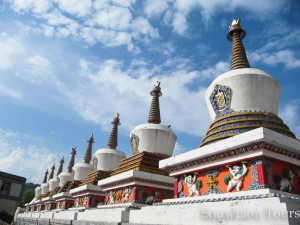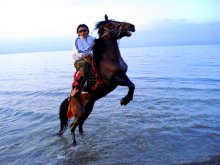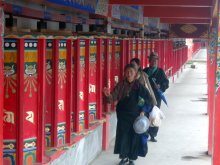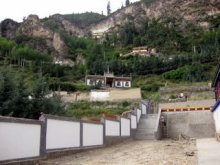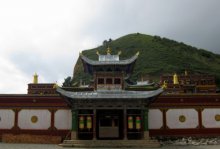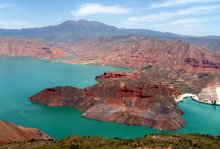Xining, known as Siling in Tibetan, is the start of the Qinghai-Tibet Railway and the gateway to the Amdo region of Tibet. Just outside the city are many famous monasteries, national parks, and nomadic grasslands worth visiting. Xining is also the capital city of Qinghai province in the northwest of China.
Here are some of the best day trips from Xining:
_____________________________________________________________________________________
Kumbum Monastery (Ta’er Si)
Kumbum, one of the six great monasteries of the Gelugpa sect of Tibetan Buddhism, is famous for being the birthplace of the great religious reformer Tsongkhapa. It is a wonderful place to check out Tibetan religious culture, Tibetan architecture, and Tibetan art. Highlights at the monastery include a large butter sculpture, monastic debating, and a chapel housing a sandalwood tree said to have grown from the umbilical cord of Tsongkhapa. (1 day – 27km)
_____________________________________________________________________________________
The largest lake in all of China, Qinghai Lake is regarded as holy by Tibetans and Mongolians. At the south side of the lake (150km from Xining), take a boat ride on the turquoise waves of the lake or go horseback riding along the shores with Tibetan nomads. If you have an extra day, continue on to the northwest side of the lake (220km from Xining), where you can visit Bird Island, a breeding ground for black-necked cranes, sandpipers, wild geese, and other bird species. (1-2 days)
_____________________________________________________________________________________
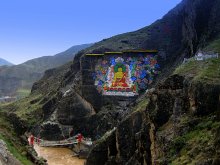 Rebkong Artist Village (Tongren)
Rebkong Artist Village (Tongren)
Known as the cradle of Tibetan arts in Amdo, Rebkong is a small Tibetan town located downstream of the Yellow River. At Rebkong, watch thangka painting at a traditional artist workshop, visit one of the many local monasteries, and join the locals in circle dancing at the town square. In the summer, the famous Shaman Festival is held at Repkong, and takes place over a week at a few different villages. (1-2 days – 180km)
_____________________________________________________________________________________
At Rongwu Gongchen, the biggest monastery in Huanan prefecture, go hiking, visit monks’ houses, watch thangka painting, and check out local art workshops. The monks here are very friendly, and are likely to invite you to join them for a cup of tea. Afterwards, walk among traditional Tibetan farming houses made from wood and mud and visit the upper and lower Sange Shung (Golden Valley) Wutun Monasteries. (1 day – 180km)
_____________________________________________________________________________________
Located in an evergreen forest at the foot of snow mountains, Gonlung Jampaling is a rare gem that few tourists visit. The monastery, a major pilgrimage site along the northern Zongchu River, is home to a handful of ethnic Mongolian and Tibetan monks. It is revered as a place where the 3rd and 4th Dalai Lamas stopped on their way to Lhasa. There is great hiking in the area, and the monastery has many ancient thangka paintings of interest to art lovers. (1 day – 70km)
_____________________________________________________________________________________
Perched on top of a mountain ridge shaped like the mythical Garuda bird, Shachung is one of the four greatest monasteries of the Gelugpa sect of Tibetan Buddhism. Built in 1349, Shachung is one of the oldest monasteries in eastern Tibet. From its location on the mountain, hike along the mountain ridge while taking in views of Tibetan farming fields on one side, and of a steep cliff that overlooks the Yellow River on the other side. (1 day – 170km)
_____________________________________________________________________________________
Take a hike through this beautiful park, which features incredible peaks, tall mountains, caves, precipitous cliffs, red stone columns, forests, and turquoise rivers. Stop by Achu Nanzong Nunnery, which is located in a valley in the park. Climb up a mountain peak to visit an ancient Buddhist temple and its several small caves that contain Buddha statues. (1 day – 131km)
_____________________________________________________________________________________
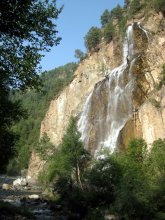 Huzhu Beishan National Forest Park
Huzhu Beishan National Forest Park
The park has many sights perfect for nature lovers and serious trekkers. Walk through forests, stroll along mountain streams, visit beautiful waterfalls, and sit by a calming pond near a sacred stupa. For those interested in trekking, hike up to the Heavenly Lakes, which sit atop a mountain peak of around 3700 meters. (1-2 days – 125km)
_____________________________________________________________________________________
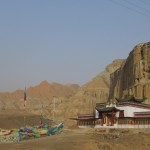 Lo Dorjee Drag monastery in Gyantsa.
Lo Dorjee Drag monastery in Gyantsa.
Lo Dorjee Drag is a monastery, which is situated beneath the meditation caves of Jianzha county, where great yogis used to take their meditation retreats over many centuries. This monastery is specially famous for a monk named Pelgyi Dorjee of Lhalu, who killed Langdarma, the last emperor of Tibet. Langdarma was a king who almost destroyed Buddhism in Tibet. In order to save Buddhism, Pelgyi Dorjee went to Lhasa and killed Langdarma by bow and arrow. Afterwards he came back to Gyantsa and continued studying Buddhism. Those bow and arrow are buried under Mani stones in the monastery up to nowadays.
______________________________________________________________________________________
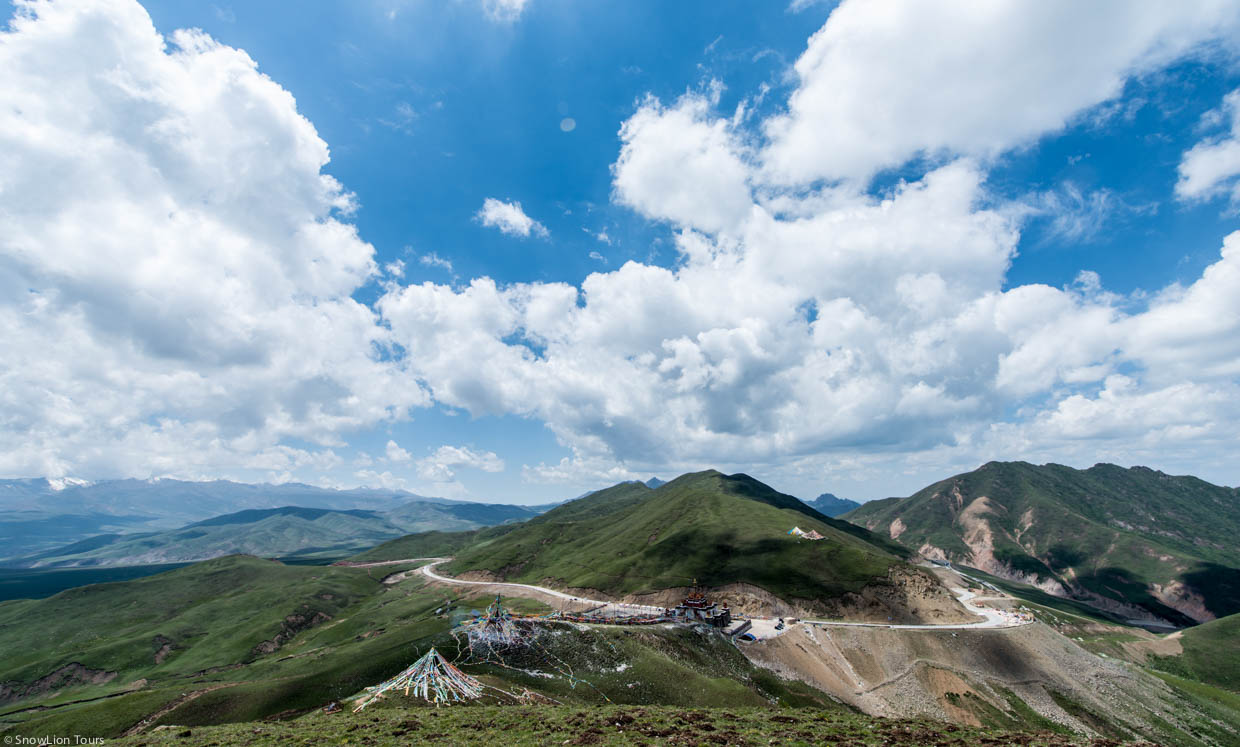 Gui’de in Hainan Tibetan Precture.
Gui’de in Hainan Tibetan Precture.
Gui’de County also known as Trika in Tibetan is one of the lowest county in Qinghai Province. The elevation of Gui’de is 2200m / 7218ft. It is under the administration of Hainan Tibetan Prefecture. Geographically, it is located on the bank of Yellow River about 100 km southwest of Xining, the capital city of Qinghai Province and 150km southeast of Qinghai Lake south shore. More info
______________________________________________________________________________________




